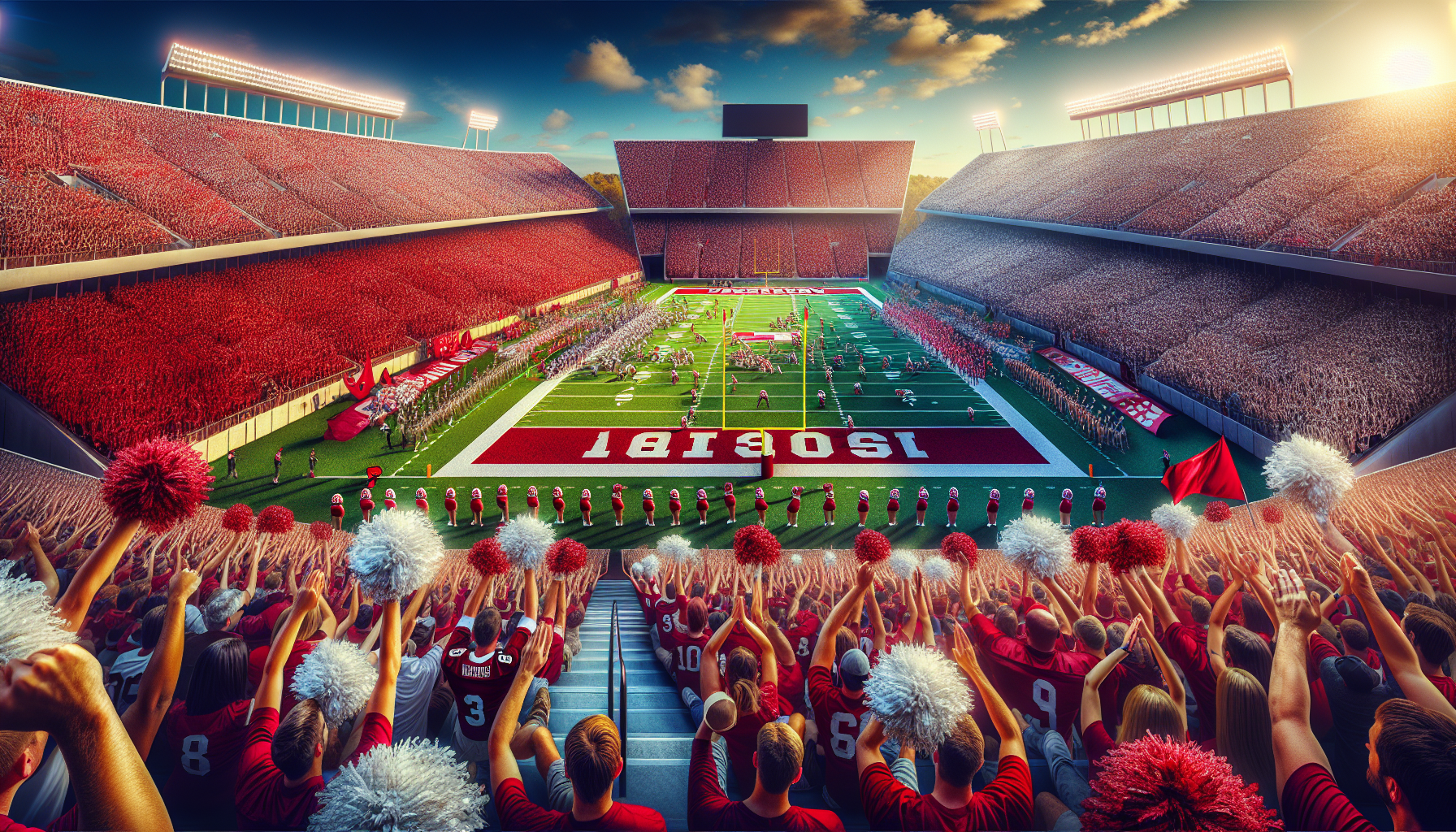The Nebraska Cornhuskers faced a formidable opponent in their latest matchup against the Indiana Hoosiers, a game that left fans buzzing. This Big Ten clash highlighted several dynamics on the field that could shape the remainder of the season for both teams. With Matt Rhule at the helm for Nebraska and key players like Tony White and Curt Cignetti influencing the game plan, the Cornhuskers aimed to capitalize on their offensive and defensive strategies.
First Quarter Insights
The game kicked off with both teams vying for control. Indiana’s opening drive showcased their aggressive offensive tactics, quickly putting pressure on Nebraska’s defense. The Cornhuskers, eager to demonstrate their improvement under new coaching strategies, responded with a strong defensive stance. However, the Hoosiers were relentless in their approach, leading to early scoring opportunities that shifted the momentum in their favor.
Matt Rhule’s influence was evident, as the Cornhuskers implemented new formations designed to exploit Hoosier weaknesses. However, it became clear that Indiana had done their homework, countering Nebraska’s plays effectively and forcing turnovers that bolstered their scoring drive.
The Role of Key Players
Tony White, known for his defensive prowess, was a pivotal figure for the Cornhuskers. White’s strategies focused on creating pressure zones to disrupt Indiana’s quarterback, though these plays occasionally left gaps that the Hoosiers skillfully exploited. His presence was integral to Nebraska’s defensive tactics, but the Hoosiers’ adaptability highlighted areas where Nebraska needed improvement.
On the offensive side, Curt Cignetti coordinated efforts to solidify Nebraska’s attack. Despite challenges, there were moments where the Cornhuskers exhibited potential, driving the ball down the field with impressive precision. However, Indiana’s defensive line proved too robust on key plays, showcasing their preparedness for Nebraska’s maneuvers.
Half-Time Adjustments
Going into the second half, Nebraska realized the need for tactical changes. Rhule and his team worked intensively during the break to recalibrate their strategy. The adjustments included focusing more on ball retention and reducing turnovers, aspects that Indiana had capitalized on in the first half.
Despite these efforts, the Hoosiers maintained their dominance. Their ability to adapt swiftly to Nebraska’s changes kept them ahead, underscoring the effectiveness of their pre-game analysis and execution. The Husker defense tightened, but not without challenges, as Indiana’s offensive line made it difficult to create disruptions.
The Final Quarter and Key Takeaways
As the game progressed into the final quarter, tension mounted. This period often defines the outcome, with teams pushing for that extra edge to seal their victory. The Hoosiers continued to apply pressure, not relenting on their aggressive offensive front.
Nebraska’s coaching staff faced the daunting task of orchestrating a comeback. However, Indiana’s early lead proved too challenging to overcome. The Hoosiers’ game plan, marked by quick adaptability and exploiting key opportunities, paid off as they maintained their dominance until the final whistle.
The game concluded with a clear indication of the areas where the Cornhuskers could improve. The ability to adapt to flexible defenses and maintain possession under pressure will be critical as they prepare for their upcoming matches in the season.
Looking Ahead
The lessons from this game are crucial for Nebraska as they forge ahead through the Big Ten conference. With a clear understanding of their strategic gaps, adjustments by Matt Rhule’s team could potentially turn future matchups in their favor. Focusing on refining defensive plays, enhancing offensive consistency, and adapting to unforeseen tactics will be essential.
For the Hoosiers, this victory boosts their confidence as they continue their campaign. Indiana’s performance against Nebraska illustrates their potential to be a formidable contender in the conference, provided they maintain their strategic depth and adaptability.
Conclusion
The matchup between the Hoosiers and the Huskers was a vibrant display of college football intensity, strategy, and resilience. As the season progresses, Nebraska and Indiana will undoubtedly draw from this game’s lessons to enhance their strategies. Fans and analysts alike will be watching closely to see how these teams evolve amid the fierce competition within the Big Ten. With an eye on both improvement and success, the paths of these teams remain a dynamic aspect of the collegiate football landscape.
For more insights into Big Ten football, visit ESPN College Football. For strategic analysis, Sports Reference provides a comprehensive breakdown of current team statistics and performance trends.

